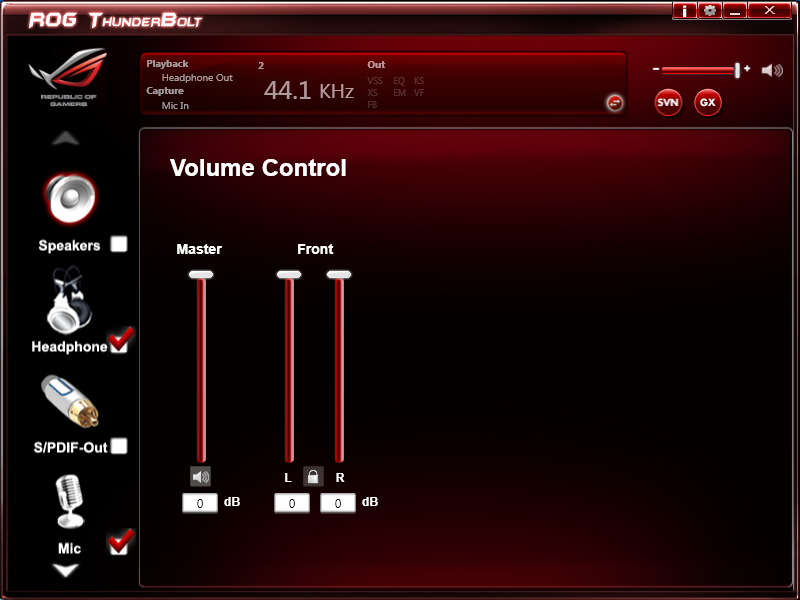The Test System and Comments - Our test system is built on an open bench. This has two effects on testing. First it allows us to see everything and also to setup and disassemble the test rigs quickly. Second it means that we cannot gauge the potential air flow found in a normal case. The air is pretty stagnant; some may say this is a great neutral testing method and it can be. However, it does mean that the temperature reading taken off of the components are not accurate to what an average consumer would see. This means that your thermal performance will vary from what we see here.
Our test system is built on an open bench. This has two effects on testing. First it allows us to see everything and also to setup and disassemble the test rigs quickly. Second it means that we cannot gauge the potential air flow found in a normal case. The air is pretty stagnant; some may say this is a great neutral testing method and it can be. However, it does mean that the temperature reading taken off of the components are not accurate to what an average consumer would see. This means that your thermal performance will vary from what we see here. 
Building and configuring the Rampage III Black was pretty simple. Once you decide what options you want to work with the installation of drivers and other items is very straight forward. We were disappointed that the Thunderbolt drivers were not part of the Install ALL option on the drivers DVD, but that is a minor thing. Speaking of the Thunderbolt it will also require some extra setup. You have to plug in a 4-pin Molex power cable as well as a seven pin USB bridge cable that goes from the back of the Thunderbolt to one of the USB headers on the board. These two items enable the Xonar audio and the Killer Networks NIC. Once you get all that behind you things are very straight forward.
Performance testing overview -
Our testing is a little different than most. We combine both synthetic and real-world applications to simulate the types of performance common to the individual products. For motherboards this means that we run roughly six synthetic tests and two real-world. We will be expanding the real-world testing in the near future. But there is more to performance than just the raw numbers. As there are multiple components and sub-components on a motherboard there each item can have a distinct impact on the way the product will perform once you get it in your system. It is important to note not only the actual results but what they mean to you as a potential consumer. We will try to give this information to you. But we do not just cover the performance aspects that are measurable. We also talk about the components that might not have a direct benchmark. These are items like Audio Quality, ease of use and installation.
Motherboards
Asus' Rampage III Black Edition in the Lab - Test System and Comments
- Details
- By Sean Kalinich
- Hits: 21010
 Quite a while ago we talked to you about the virtues of the Asus Rampage III Black. This board can best be described as The Flagship of the Flagship Rampage III line. It has everything, wireless, Bluetooth, Overclocking, Tri-SLI and Crossfire-X. The design is sleek and sexy with plenty of options for overclocking, gaming, audiophiles and more beside. It is one of those boards that people are just going to want. Well now that we have had a chance to play with this board we are going to let you know about how it performs. So let’s sit back and enjoy the ride as we test the Asus Rampage III Black.
Quite a while ago we talked to you about the virtues of the Asus Rampage III Black. This board can best be described as The Flagship of the Flagship Rampage III line. It has everything, wireless, Bluetooth, Overclocking, Tri-SLI and Crossfire-X. The design is sleek and sexy with plenty of options for overclocking, gaming, audiophiles and more beside. It is one of those boards that people are just going to want. Well now that we have had a chance to play with this board we are going to let you know about how it performs. So let’s sit back and enjoy the ride as we test the Asus Rampage III Black.
Article Index
Page 3 of 8



